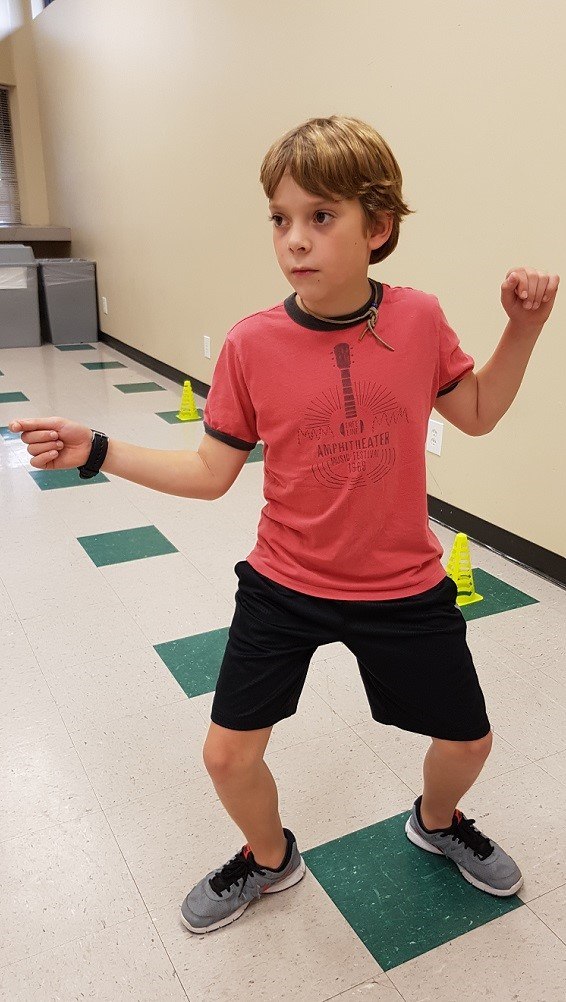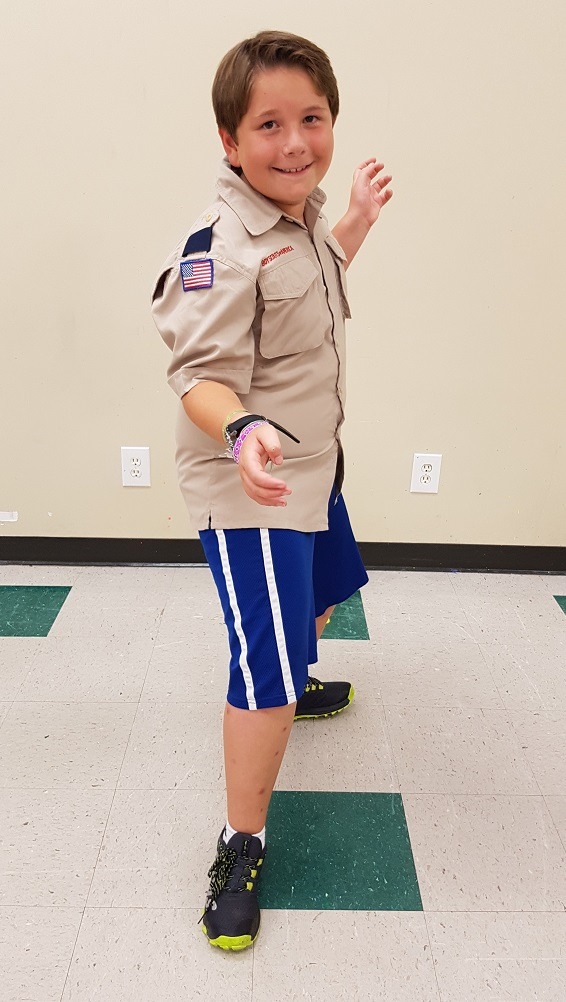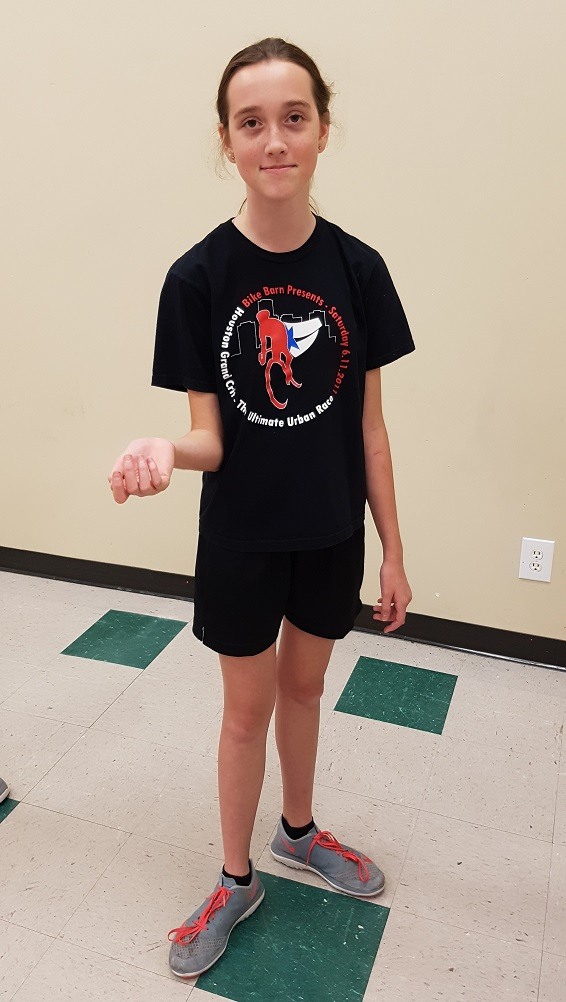At Houston Sword Sports and other fencing clubs around the country, fall means lots of new students trying fencing for the first time. The month after an Olympics is always a great time for new fencers to sign up, too, since they heard about the sport during the Games and realized how awesome it looks.
A lot of new fencers ask us what they can do to get better. As a new fencer, the single best thing you can do for yourself is build muscle memory for footwork. There’s only so much time to practice everything in a single class, so spending time on your footwork at home will pay off big time. As an added bonus, it requires no equipment and depending on what you do, doesn’t require very much space.
Step 1: Check your En Garde
If you have a full-length mirror, stand in front of it and come en garde. Your feet should be about shoulder-width apart. Your front foot (right if you’re a righty, left if you’re a lefty) should be pointing straight ahead, and so should your front knee. Your back foot and knee should be at a right angle, with your back heel aligned with your front foot. Your knees should be bent to the angle that’s comfortable to you – definitely not straight.
Your torso should be upright and relaxed. We find that most students are comfortable with their hips and shoulders at about a 45-degree angle – not completely facing forward, and not completely turned to the side.
The most important thing to do when checking your en garde is to make sure that you are balanced and comfortable, with both knees bent. When you’re first starting out, keeping those knees bent can lead to some pretty sore quads and gluts, but push through and it’ll pay off with better footwork.
Step 2: Slow, perfect steps
If you have space in front of your full-length mirror, you can do advances and retreats in front of the mirror. If not, find a longish hallway or open space to practice in. To start, take slow steps and pause briefly between each one to make sure your form is good.
When practicing your advances and retreats, remember to:
- Move your front foot first in an advance and your back foot first in a retreat.
- Take small steps. Each foot should move no more than the length of one of your own feet.
- Move each foot the same distance. Your feet should still be shoulder-width apart after each step.
- Keep your knees bent and keep your balance, so you don’t sway back and forth or bob up and down.
If you have a limited amount of space, you can just do one or two advances and retreats. You should still be able to get some feeling for each correct step.
Step 3: Lunge practice
If you have room to lunge in front of your mirror, that’s great. Start your lunges out small and slow, and as you get better at them you can make them faster and longer. The ingredients of a good lunge are:
- The hand starts moving before the foot.
- Beginner mode: the hand is fully extended before anything else moves.
- Expert mode: the hand is halfway to mostly extended before anything else moves, and is fully extended only at the end of the lunge.
- You-think-you’re-doing-it-right-but-you-aren’t mode: the hand and foot start at the same time (don’t do this).
- Feels-fast-but-isn’t mode: the hand comes out after the lunge is done. You will probably miss. If you’re fencing epee you will get ENORMOUS bruises on your bicep. (Don’t do this either, for real)
- During the lunge itself, the front foot stays low to the ground and the back foot stays flat on the ground. You straighten your back leg to push yourself forward. A little dragging of the back foot is acceptable – if you’ve lunged with a good amount of force and acceleration, the back foot will probably slide forward a little.
When your lunge is done, check to be sure that:
- The extended arm is a little above the shoulder.
- Both shoulders are relaxed.
- The back arm is straight and thrown out behind you. It’s good for balance, and as a bonus it looks cool.
- The back leg is completely straight, with the foot flat on the ground – don’t roll it, and don’t pick it up.
- The front foot is flat on the ground, and the front knee is over the front heel. Both toe and knee are pointed straight forward, not to the side.
- The torso is upright; no leaning.
Step 4: More footwork
For this one, you’ll need a bit more room – at least ten feet by two feet. Set a timer for one minute to start, then do one of the following exercises (ranked in order of complexity). As your footwork and endurance improve, you can extend the time to three minutes. While the timer is running, do advances and retreats, and change direction frequently. Add the following elements as you like; the more you add, the more complex the exercise (so start out with only one or two if you’re new!).
- Vary the length of your steps.
- Vary the speed of your steps.
- Add double advances and double retreats.
- Add half steps.
- Add lunges.
- Add advance-lunges
- Add lunges with half steps.
These are all exercises you can do at home, and there are enough variations here that the exercises will grow with you as you get better and better at fencing. Remember that you are training muscle memory, so the focus will be on mindfulness of what you’re doing. Really pay attention to how something is done vs just knocking some sets out. The more you do this off strip the more natural it will be on strip.





